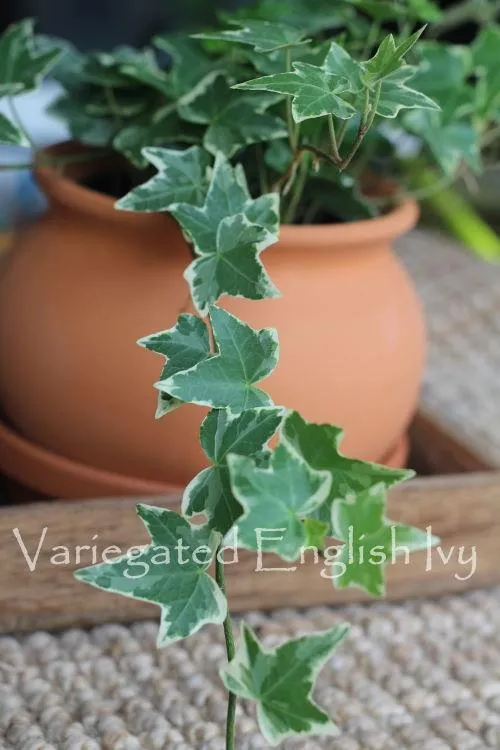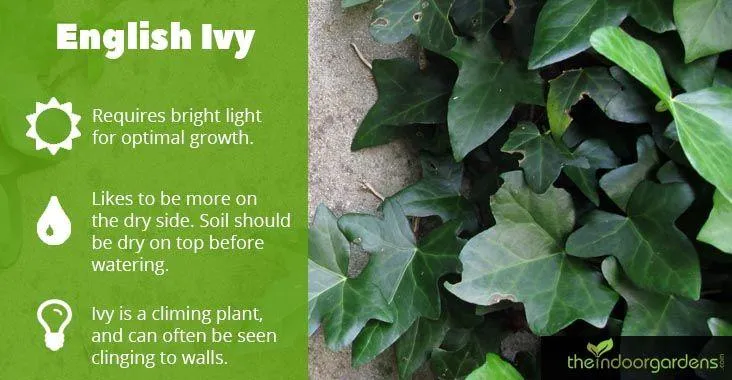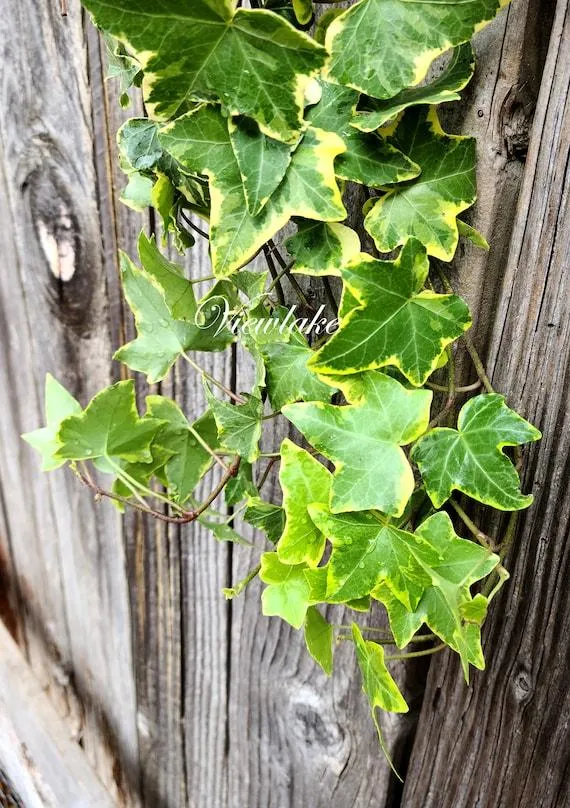How Much Light Does Ivy Need to Thrive?
As any gardener knows, choosing the right location for a plant is crucial for its long-term success. This is especially true for ivy, a popular climbing vine or trailing groundcover. Unlike some hardy plants that can tolerate low light, ivy is actually considered a light-loving species that fares best with plenty of illumination. So how much light should ivy receive on a daily basis?
Why Light Is Important for Ivy
From my experience as an avid gardener, I’ve found that light plays a key role in ivy’s growth and appearance. Unlike other shade-tolerant plants, ivy relies on sufficient light levels to perform photosynthesis, the process through which it converts sunlight into energy. Without adequate light levels, an ivy plant will struggle to produce sufficient chlorophyll and may become leggy or sparse as it struggles to survive.
Light also impacts ivy’s morphology. Too little illumination can cause ivy to grow taller and stretch upwards in search of brighter areas, developing long internodes between leaves. This leggy growth is unattractive and lacks the dense, full appearance associated with vigorously growing ivy. Insufficient light may also delay or prevent ivy from blooming and producing its small summer flowers.
Determining Light Needs Based on Ivy Type
When choosing a spot for ivy, it helps to understand that not all varieties have identical light requirements. Broadly speaking, ivies fall into one of two main light-tolerance categories:
- Light-loving ivies: Types like English ivy (Hedera helix), Baltic ivy (Hedera hibernica), and Algerian ivy (Hedera canariensis) thrive in bright, sun-drenched areas and tolerate full sun very well. They should receive at least six hours of direct sunlight per day.
- Medium light ivies: Creeping fig (Ficus pumila) and Boston ivy (Parthenocissus tricuspidata) toleratepartial shade but still do best with bright, indirect sun for at least four to six hours daily. Deep shade may cause leggy growth.
Assessing Your Garden’s Light Conditions
To determine if an area receives enough light for ivy, observe it at different times of day. Take notes on how long direct sun hits the spot in early morning, midday, and late afternoon. Also factor in potential obstacles like trees, buildings, or fences that may block sunlight seasonally. Pay attention to how light levels fluctuate with changes in weather and position of nearby structures.

Another tip is to test light levels with ivy itself. Plant a small piece and observe how it grows over winter months when sunlight is limited. If it remains full and compact, that space should work well. Leggy growth means it may need a sunnier microclimate. It’s best not to rely on shade-tolerant perennials or shrubs near the testing area as indicators, since ivy needs more abundant light.
Adapting Light-Hungry Ivy to Partial Shade
While full sun exposure may be ideal, there are ways to help ivy thrive even in areas receiving only part sun each day. Selecting a fast-growing, light-loving cultivar and planting in loose, well-draining soil with compost or organic matter incorporated will give it essential nutrients. Staking vertically or training it up a trellis, fence, or arbor allows ivy to maximize the sunlight it receives.
Pruning leggy growth and watering regularly during dry periods also keeps ivy compact and productive. Fertilizing in spring and again in late summer with an all-purpose plant food supplies extra energy for photosynthesis. And locating ivy where it gets morning light exposure is preferable, as the sun’s rays are less intense then.
Poor Light Conditions to Avoid
While some trial and error may be needed to find ivy’s happy place, there are certain conditions to avoid if optimal growth is desired. Deep, dense shade beneath heavy tree canopies usually provides insufficient light levels. North-facing walls that receive no direct sun also tend to be too gloomy. And low-light indoor conditions by shaded windows generally fail to meet a light-loving ivy’s photosynthetic requirements.
Areas under eaves that get overcast conditions year-round may struggle to sustain ivy as well. Overly rich, damp soil that stays soggy can also deprive roots of oxygen and encourage fungal issues like root rot. With strategic plant selection and location, though, ivy often adapts surprisingly well even to moderately shaded spots.

A Real-World Example
To illustrate these concepts, I’ll share my experience with an English ivy growing on my property. It thrives beautifully scrambling up a chain link fence receiving full morning sun. However, last year I decided to let a short section trail along the densely shaded side of my house. Despite giving it extra TLC, it remained thin and leggy there all season.
This showed me clearly how readily ivy responds to even small variations in sunlight. Though resilient in general, giving it consistently bright conditions brings out ivy’s picturesque texture, lush foliage, and capacity for rapid cover. From my observation, direct sun for at least half a day yields truly beautiful, vigorous growth.
Final Thoughts on Ivy’s Light Requirements
In summary, while some ivy species tolerate indirect light better than others, all perform at their peak with plentiful, direct sun exposure each day. Choosing a light-loving cultivar, amending soil well, staking or training vertically, and supplying supplemental nutrients and water during establishment helps ivy make the most of partial shade situations as well. With a little trial and error matching cultivar to microclimate, your ivy planting can become a long-lived, low-care success.
Does this help explain ivy’s needs when it comes to available light? Let me know if you have any other questions! Proper siting goes a long way in helping this classic ornamental plant thrive for many seasons to come. With a sunny spot and little ongoing care, ivy repays your efforts with lush greenery year after year. Why not try planting some this spring and see for yourself?
Ivy Light Requirements
| Type of Ivy | Minimum Light Needs |
|---|---|
| English ivy | Partial shade to full sun |
| Swedish ivy | Bright indirect light |
| Needlepoint ivy | Bright indirect light |
| Algerian ivy | Partial to full sun |
| Winter creepers ivy | Bright indirect light |
| Hedge ivy | Partial to full sun |
| Creeping fig | Partial to full shade |
FAQ
Does ivy need a lot of light?
Ivy can grow in partial shade, so it doesn’t absolutely need full sun. However, it will grow better with more light. Ivy gets its energy from photosynthesis, so the more light it gets, the healthier it will be. At the same time, too much direct sun could burn the leaves, so some afternoon shade is okay.

Can ivy still grow inside?
Although ivy prefers to be outdoors, it can still live inside if given enough light. As long as the ivy plant is near a bright window, it may kind of grow. But it probably won’t look as full and lush as those getting direct sunshine. The lighting has to be pretty amazing for an indoor ivy to thrive long-term. On the other hand, a north-facing window may not supply sufficient light.
How long does it take for ivy to cover a wall?
The speed at which ivy grows up a wall depends on various factors. It could take as little as a couple years or as many as five to ten years for ivy to fully cover a wall, depending on sun exposure, soil quality, watering and other conditions. Nevertheless, ivy will likely provide at least some wall coverage within three years under average circumstances. The growth may also appear slower initially but then accelerate over time.
Can ivy damage walls or houses?
If left unchecked, ivy has the potential to cause harm over many years. The tiny rootlets that ivy uses to cling to surfaces can possibly dislodge mortar between bricks. Also, large mats of ivy may put extra weight and pressure on wall structures. However, as long as the ivy isn’t allowed to grow more than a couple feet thick, it likely won’t damage healthy walls. The risks are greater for older buildings. Proper maintenance can prevent issues.
Is ivy good for the environment?
Ivy has some benefits and drawbacks for wildlife. It provides shelter and food for birds and insects. However, it can also outcompete other native plants if not controlled. Perhaps ivy offers more pros than cons when grown tamed rather than when it takes over freely. Either way, in moderation, ivy lends visual appeal to gardens and buildings alike.
Will it kill trees?
Dense ivy can overwhelm and eventually kill trees because it inhibits their ability to photosynthesize. By smothering the trunk and branches, ivy stops trees from getting sufficient light, water and air circulation. However, one or two small patches of ivy on a tree are unlikely to cause harm. The key is keeping ivy from enveloping more than 30% of the tree canopy.

- Do you think ivy might kind of kill my maple? It’s been looking a bit puny lately.
